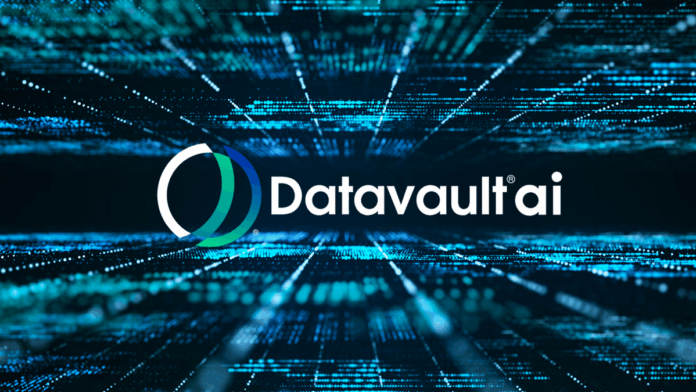Datavault AI Launches Data Unions with the objective of tokenising anonymised insurance and accounting data to generate new revenue streams for independent operators. The company is partnering with key industry networks to transform large data markets into recurring‑income opportunities.
Strategic Initiatives and Data Union Formation
In a major development, Datavault AI Inc. (Nasdaq: DVLT) announced on 27 October 2025 the creation of two pioneering “data unions” – one focused on insurance and one on accounting. The Insurance Data Union has been established in collaboration with the Independent Insurance Agents & Brokers of America (Big “I”) and independent agents nationwide. Concurrently, the Accounting Data Union is being formed with the top two private‑accounting firms in each U.S. state.
These bodies will leverage Datavault AI’s patented tokenisation technologies (including U.S. Patents 12,198,201; 11,315,150; 11,593,515) to convert anonymised insurance and accounting data into wallet‑based tokens, enable smart‑contract payments and support scalable monetisation. The company cites addressable markets of approximately US$8 trillion for insurance and US$650 billion for accounting services.
Value Proposition: Tokenised Data as a Revenue Engine
By bringing together independent professionals via the unions, Datavault AI aims to create a repeatable revenue engine: independent insurance agents and accounting firms can participate by onboarding anonymised, scored and tokenised data assets. The patented “DataScore®” and “DataValue®” frameworks evaluate asset quality, completeness and governance, while smart contracts automate payment flows, thus converting latent data holdings into monetisable streams.
The union‑model offers scale by pooling smaller operators, enabling them to benefit from collective asset size, standardisation, and access to advanced analytics and tokenisation infrastructure. Accordingly, the model may accelerate recognition of annual recurring revenue (ARR) for independent operators who might otherwise lack data‑monetisation capabilities.
Intellectual Property and Competitive Moats
Datavault AI places strong emphasis on its intellectual‑property portfolio as a differentiator. Key patents include:
- U.S. Patent No. 12,198,201: “Platform and Method for Preparing a Tax Return” – enabling data tokenisation of tax and accounting‑related records.
- U.S. Patent No. 11,315,150: “Portfolio Driven Targeted Advertising Network, System and Method” – underlying data‑driven monetisation models.
- U.S. Patent No. 11,593,515: “Platform for Management of User Data” – securing data governance and management.
Additionally, pending applications (e.g., 17/941,550; 17/842,139) support broader data tokenisation and asset minting functionality.
While these patents reinforce market positioning, they do not guarantee commercial adoption or scalability. Success will depend on execution, regulatory compliance (especially anonymisation and data transfers) and member uptake.
Market Opportunity & Key Dependencies
The potential markets are substantial: the global insurance market is estimated at US$8 trillion and the U.S. accounting services market at approximately US$650 billion. By enabling tokenisation of anonymised datasets across these domains, Datavault AI aims to unlock value for independent professionals in both fields.
Critical dependencies include:
- Adoption rates by independent agents/firms within the unions
- Effective implementation of token‑minting and smart‑contract mechanisms
- Legal, regulatory and compliance risk management (especially regarding data privacy and monetisation)
- Operational ability to scale data asset generation, scoring, tokenisation and marketplace transactions
Stakeholders should monitor near‑term indicators such as union membership growth, volume of tokenised assets, and time to ARR recognition (expected within the first 12‑24 months post‑launch).
Outlook and Implications
With these initiatives, Datavault AI Moves beyond pilot‑stage tokenisation and towards enterprise scale data monetisation for independent professionals. If the model succeeds, it could transform how under‑utilised data from smaller operators is aggregated, scored, tokenised and monetised, thereby creating a renewable asset class of anonymised business‑data.
However, given the early stage and inherent execution risk, investors and practitioners should remain prudent. Adoption speed, regulatory clarity and marketplace liquidity are all material variables. In sum, this intersection of data union formation, tokenisation technology and large addressable markets positions Datavault AI at a strategic vantage, but the roadmap still needs validation through measurable traction.


